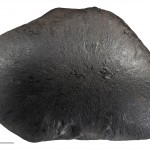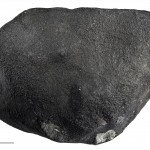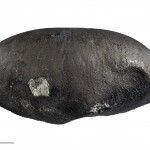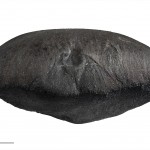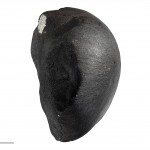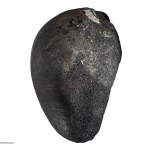frequently asked questions
Almost every time a meteor or meteorite-related story comes up in the media a few reporters and article responses spread common misconceptions about meteorites. There are a few things I’d like to set straight.
Meteorites are not dangerous.
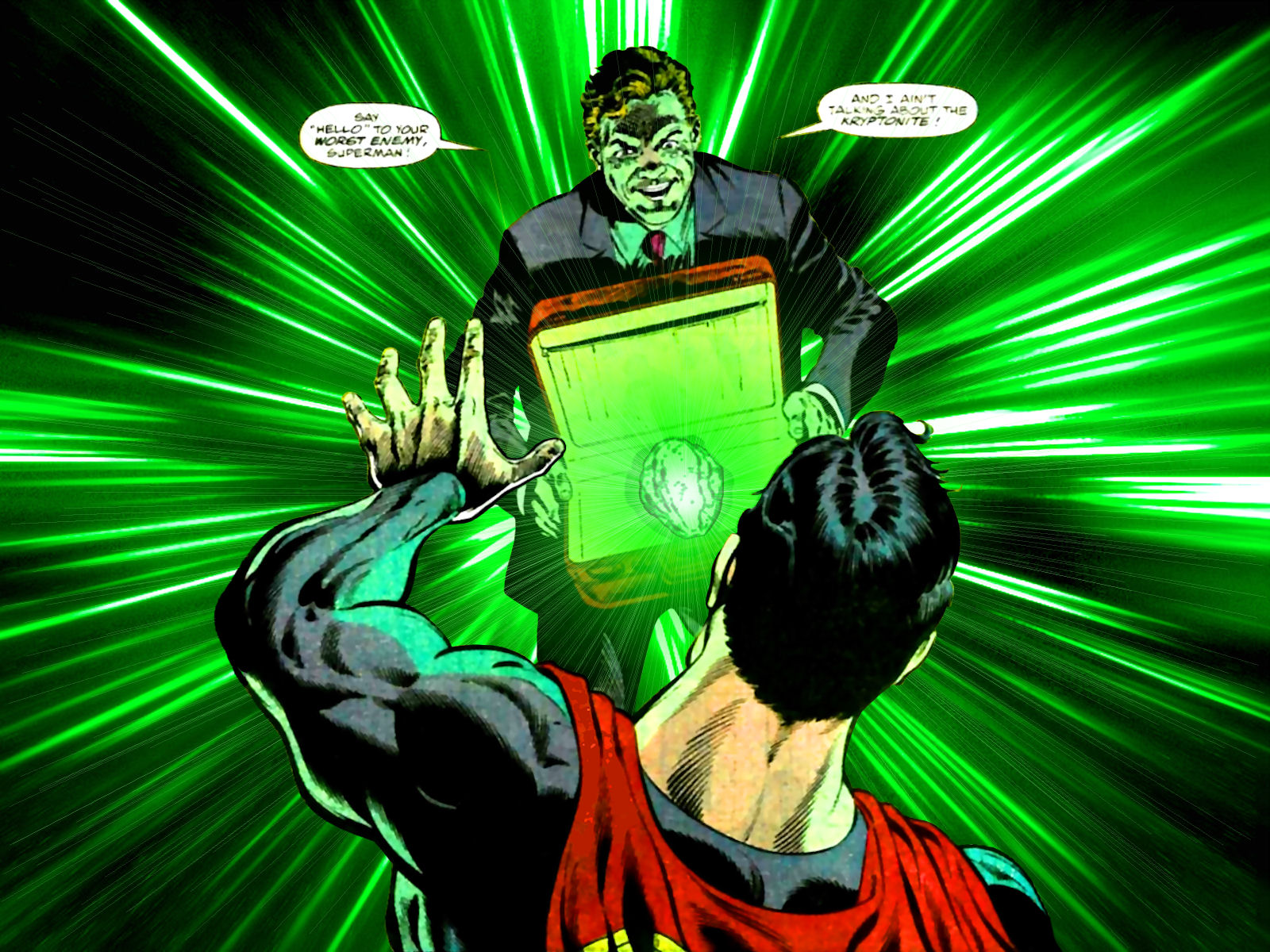
Meteorites are not radioactive. They are not poisonous. They are not made of any elements that you wouldn’t find in a rock on Earth. What makes most meteorites special are how they formed, and the fact that they haven’t changed much since then. That’s what makes meteorites so interesting to scientists and folks trying to understand what was going on in the early Solar System.
Meteorites are generally made of the same stuff as Earth rocks, but they contain some different minerals and structures that formed in different environments. If you think about it, that should kind of make sense. Earth is made up of a collection of meteorites from ~4.5 billion years ago and onwards. But, while Earth has been a very active place since then (plate tectonics, volcanoes, erosion, etc.), meteorites have mostly been in ‘cold storage.’
Your average meteorite is made mostly of silicon, oxygen, iron, magnesium, aluminum, potassium, etc. All stuff you’d find in normal Earth rocks. The minerals are mostly the same, too — olivine, pyroxene, feldspars, Fe-Ni metal, troilite, etc.. To date, over 400 different minerals have been found in meteorites, and most of them can also be found naturally on Earth. Some inclusions in meteorites formed in extreme environments — some at high temperatures and/or pressures, some with very little oxygen present, and some in other ways. That has resulted in some unusual minerals being discovered in meteorites, but even those are usually made of common elements. They’re just not things you’d usually find on Earth because of the ambient conditions on Earth’s surface.
Most meteorites contain slightly elevated levels of certain metals compared to normal rocks on Earth’s surface, because most metals on Earth have been concentrated in Earth’s core. Some meteorites have undergone similar chemical processing, but most haven’t.
Most of the time, meteorites don’t hit the ground at thousands of miles per hour.
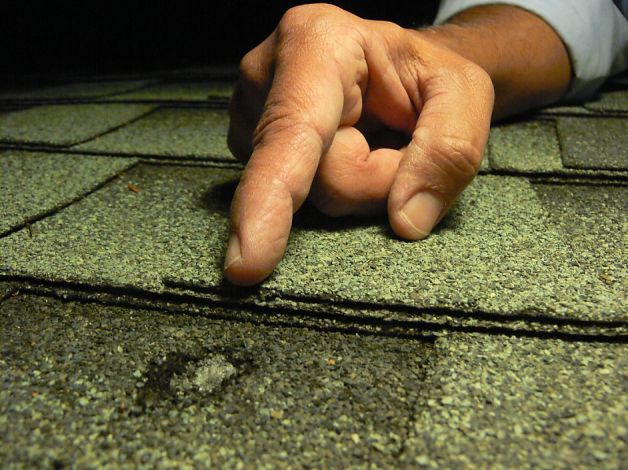
This is what happened when a ~2 ounce meteorite ‘slammed’ into a San Francisco Bay Area household in October 2012. It almost went unnoticed. The homeowner saw a news story about the fireball several days later and remembered hearing a funny noise on her roof that night. She went outside with her neighbor and found an out-of-place rock sitting on her lawn.
Long story short, the meteoroids that produce meteorites enter the atmosphere at velocities between ~10 and ~35 kilometers per second. The average space shuttle entry velocity was ~7.7 kilometers per second. So, these rocks are moving fast — much faster than the space shuttle — and if they hit anything at those speeds, they would cause a lot of damage.
But, meteors get slowed down by the atmosphere, fragment, and, for the most part, never even make it to the ground. The few solid pieces of stuff that reach the Earth’s surface have usually been slowed down to terminal velocity, between ~200 and ~700 mph.
Here’s a gif of the Chelyabinsk bolide as an example:
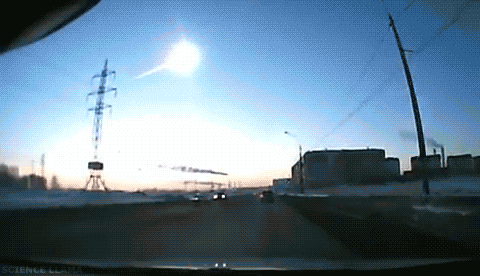 What you see above is a ~20 meter-across asteroid passing through the atmosphere with enough speed that friction and ram pressure are acting strongly on the rock. The surface of the rock and surrounding atmosphere are being heated to incandescence (~5,000+ K), and the outer portion of the meteorite is being vaporized. The energy that’s being used to do this is kinetic energy, so, as this happens, the solid portion of the bolide — the rock — is slowing down — from ~17.5 km/sec to as little as 1-2 km/sec or less.
What you see above is a ~20 meter-across asteroid passing through the atmosphere with enough speed that friction and ram pressure are acting strongly on the rock. The surface of the rock and surrounding atmosphere are being heated to incandescence (~5,000+ K), and the outer portion of the meteorite is being vaporized. The energy that’s being used to do this is kinetic energy, so, as this happens, the solid portion of the bolide — the rock — is slowing down — from ~17.5 km/sec to as little as 1-2 km/sec or less.
The bright flash is the point at which a major fragmentation event occurs; fragments have been breaking off all along the bolide’s path, but, at that point, there’s so much pressure acting on the rock that it shatters, creating thousands of specimens that are all moving just as quickly while still ablating and ionizing the air around them. Most of the pieces are small; the small pieces are slowed rapidly by wind resistance. Some larger fragments aren’t slowed as quickly. They are visible continuing along the path of the fireball, ablating well after the main fragmentation event. One of these larger specimens was later fished out of Lake Chebarkul:
Andrey Yarantsev/Science/AAAS
You might remember this particular event from the news in early 2013. A massive fireball was spotted above Russia, and hundreds of people were subsequently injured when the shockwave reached the ground and shattered their windows. All of the people who had gone to their windows to look at the spectacle were showered with broken glass. A few buildings were partially knocked down. Fortunately, no one died.
So, asteroids do travel around in space at thousands of miles per hour, but even meteorites that weigh as much as a few tonnes get slowed by the atmosphere and usually fall at ~terminal velocity. Most meteorites that have struck buildings have never even made it through the floor and into the basement, with a few exceptions.
Here’s a great example: the Ellerslie meteorite, which fell through the roof of the Archer family residence in Auckland, New Zealand. The (fairly large) stone punched a hole through their ceiling, but didn’t even make it through their sofa. Photos are public, Reuters, and the Auckland Museum (6), respectively.
Some finders have reported that freshly-fallen meteorites have formed a frost immediately after falling. This might seem odd, but near-Earth space is a chilly -243°F (-153°C) in the shade.* And meteorites ablate so quickly that the heat of atmospheric entry doesn’t have a chance to penetrate more than a few millimeters in stony meteorites and a few centimeters into irons.
Other finders have reported that freshly recovered meteorites have been warm. It is hard to tell what is actually true, and it might differ with bolide fragmentation history, meteorite size, and/or meteorite type. The debate is unresolved.

Putting a meteorite through the atmosphere is kind of like putting an ice cube in an oven. The outside melts and evaporates away, but if it survives the trip, it’s unchanged on the inside. Mostly. The heat does penetrate a little, as you can see above.
There is an exception to all of this. If the meteorite is big enough to punch through the atmosphere without breaking up or being slowed down, we wind up with a different story:
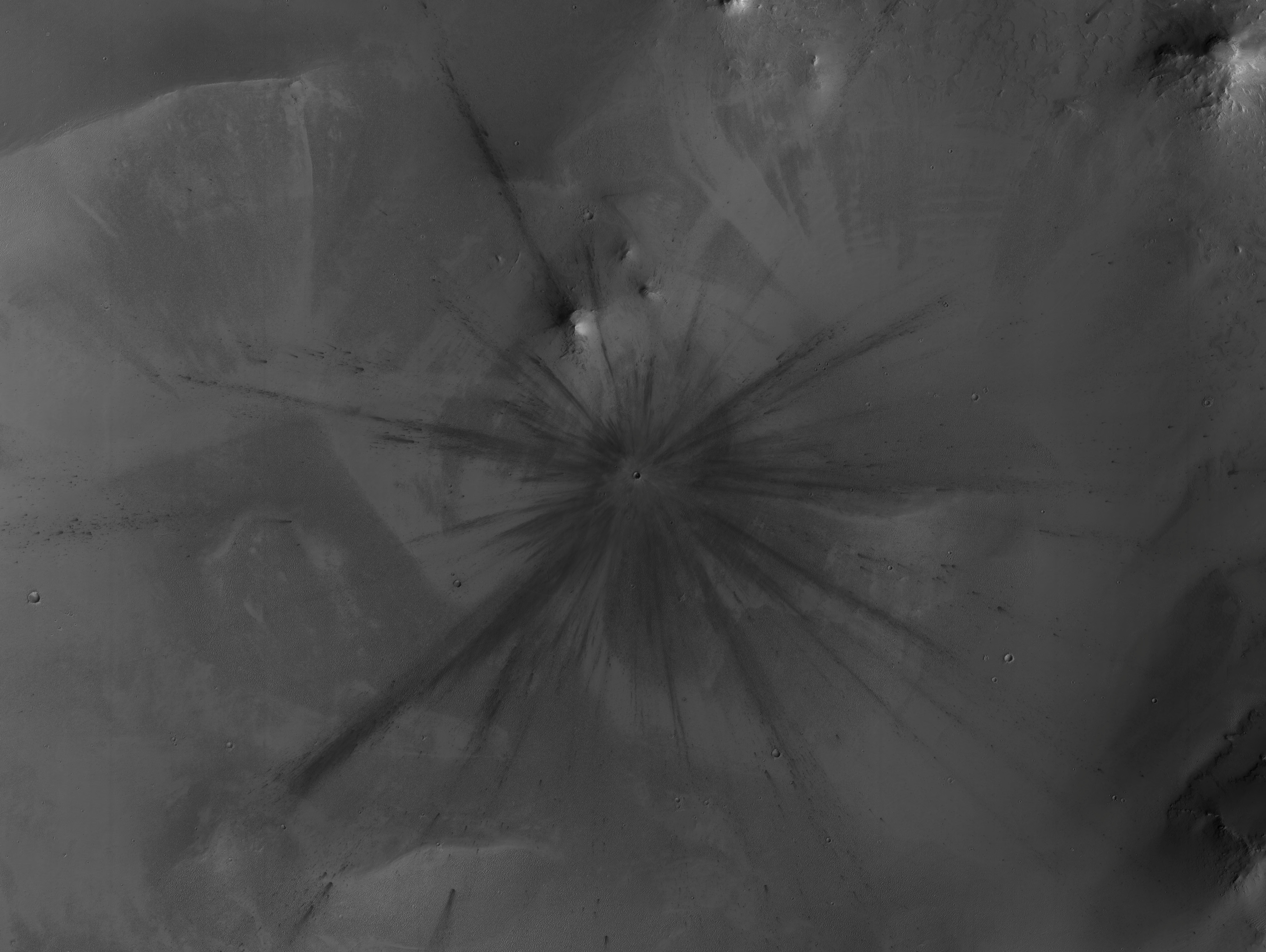
This sort of thing happened a few years ago, in Peru. If it does happen, you’ll know about it: there will be a crater in the ground.
So, the next time you see a news story about someone or something who has been burned or cut by a falling meteorite, think about it. That small piece of gravel couldn’t possibly have done him or her any harm. The same goes for that person who found a glowing-hot 10-pound rock in a huge smoking hole in the woods. Meteorites that size just don’t do that.
I’ve found a meteorite! What now?

How do you know it’s a meteorite?
Thousands of people send thousands of rocks to qualified scientists around the globe each year, and precious few of them turn out to be actual rocks from space. There are a lot of iron-bearing rocks on Earth that are attracted to a magnet, and there are even more achondrite look-alikes that won’t stick to a magnet. If you do happen to be ridiculously lucky, and that rock you have is actually a meteorite (or you think it might be), please get in contact with someone at a lab capable of analyzing and submitting the stone formally. A sample is required to be donated by the Meteoritical Society; at least 20 grams or 20% of the stone, whichever is less. That’s important; it ensures that some of the meteorite will be available for future research.
In the meantime, I have made a page that might help to show people what to look for. Not everything you might find will look like the rocks on this page, but it’s a good place to start:
If you think you might have a meteorite on your hands, please send us an email. We’re always curious about new finds, and it’s easy to confirm or rule out just about any sample with a few clear images.
And, if you have any suggestions for future questions to be featured on this page, please let me know!
*In direct sunlight at 1 AU, the ~ambient temperature is +253°F (+153°C). But the density of these high-energy photons is so low that they don’t impart much heat to bodies that they hit. The thickness of the layer of rock or ice they heat is much less than a meter. In other words, the ‘nighttime/shade’ temperature is usually a better estimate of the inner temperature of a small body in our solar system.


